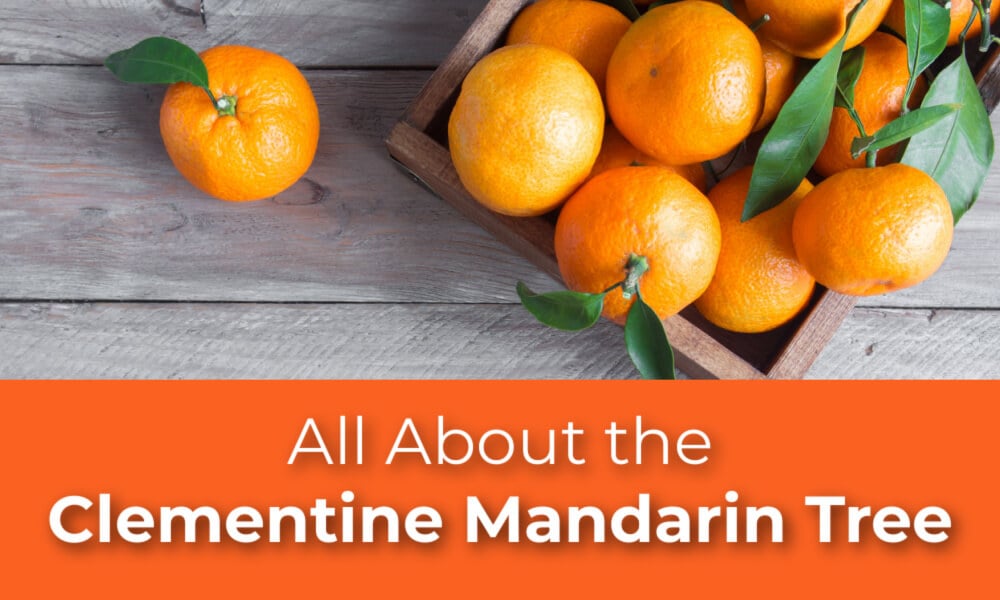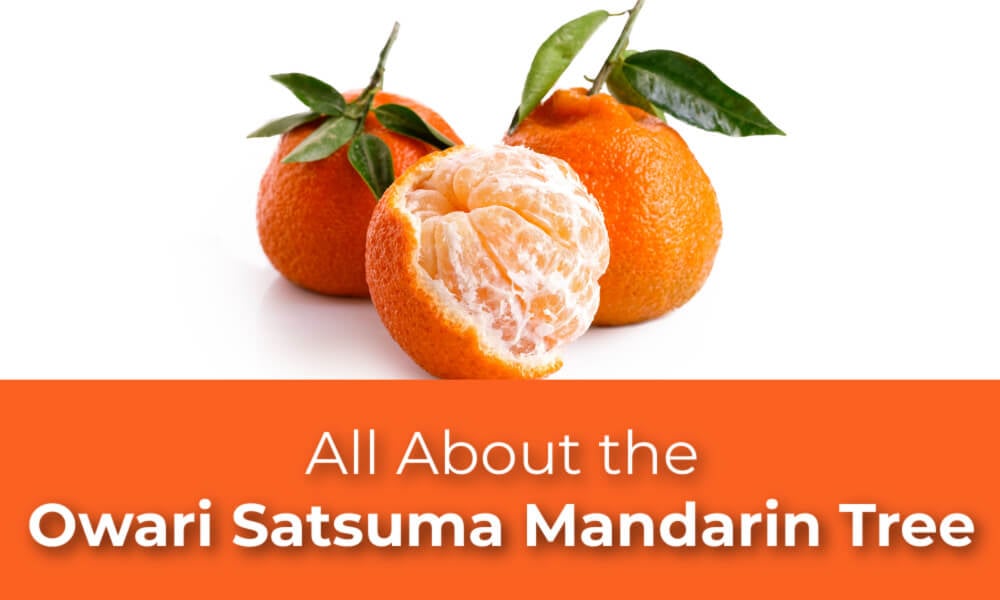The Clementine mandarin tree (Citrus reticulata 'Clementine') is a popular citrus variety known for its sweet and juicy fruit. Clementines are prized for their sweet and slightly tart flavor. They have a distinct, rich citrus aroma and a bright, juicy flesh. The fruit is typically seedless or contains only a few seeds, making it easy to enjoy. This variety hangs well on the tree, but tends to puff up when overripe. Clementines are usually harvested in the late fall and winter, depending on the region and climate. The exact timing of ripening can vary, but it often occurs between November and January. The fruit turns a deep orange color when it's ripe and is at its sweetest and juiciest.
Clementine mandarin trees are known for their cold-hardiness, which means they can tolerate cooler temperatures compared to some other citrus varieties. They are suitable for growing in USDA hardiness zones 9-11, but with protection, they can survive in zone 8. These trees are more cold-tolerant than sweet oranges and lemons but still prefer warm and sunny conditions.
To grow a Clementine Mandarin tree in a pot, follow these steps:
1. Choose the Right Pot: Select a large and sturdy container with good drainage. A 10-14” pot is suitable for a primo starter tree, as it provides ample space for the roots to grow.
2. Potting Mix: Use a well-draining, chunky potting mix. We have a convenient do-it-yourself mix available to ship to your door. This will help prevent root rot and ensure proper aeration.
Planting in the ground: For in-ground planting, plant the tree in a prepared area about 3x the diameter of the pot, and as deep as possible. That soil should be well-draining and loose, allowing for root growth. To plant your tree, dig a hole twice the size of the rootball. Plant at the same depth as the pot, keeping the crown of the roots just above the soil line. Water thoroughly after planting.
3. Location: Place the potted tree in a location with full sun, such as a south-facing patio or a sunny spot in your garden. Clementines need plenty of sunlight- 6 to 8 hours per day- for healthy growth and fruit production.
4. Watering: Water the tree regularly, keeping the soil consistently moist but not waterlogged. Allow the top inch of soil to dry out between waterings. Adjust your watering schedule based on the climate and the moisture needs of the tree. You will need to water more in the summer and during the warmer months.
5. Fertilization: Feed your Clementine tree with a balanced, slow-release fertilizer during the growing season (spring through early fall). Follow the manufacturer's recommendations for application. You do not need tofertilize your citrus tree in the late fall and winter, as it will not be using up as many resources during this time.
6. Pruning: Prune the tree to maintain its shape and remove dead or overcrowded branches. Pruning is typically done in the early spring.
7. Protection from Cold: If you live in an area with occasional frost or cold winters, bring the potted tree indoors or provide protection during cold snaps to prevent damage to the tree and fruit.
8. Pest Control: Keep an eye out for common citrus pests like aphids and scale insects. You can use organic pest control methods or insecticidal soap to manage these issues, like Captain Jack’s Insecticidal Soap.
With proper care and attention, a Clementine mandarin tree can thrive in a pot and provide you with delicious, homegrown fruit, even if you don't have a large garden or live in a colder climate.
Click here to see our Clementine Mandarin Trees




